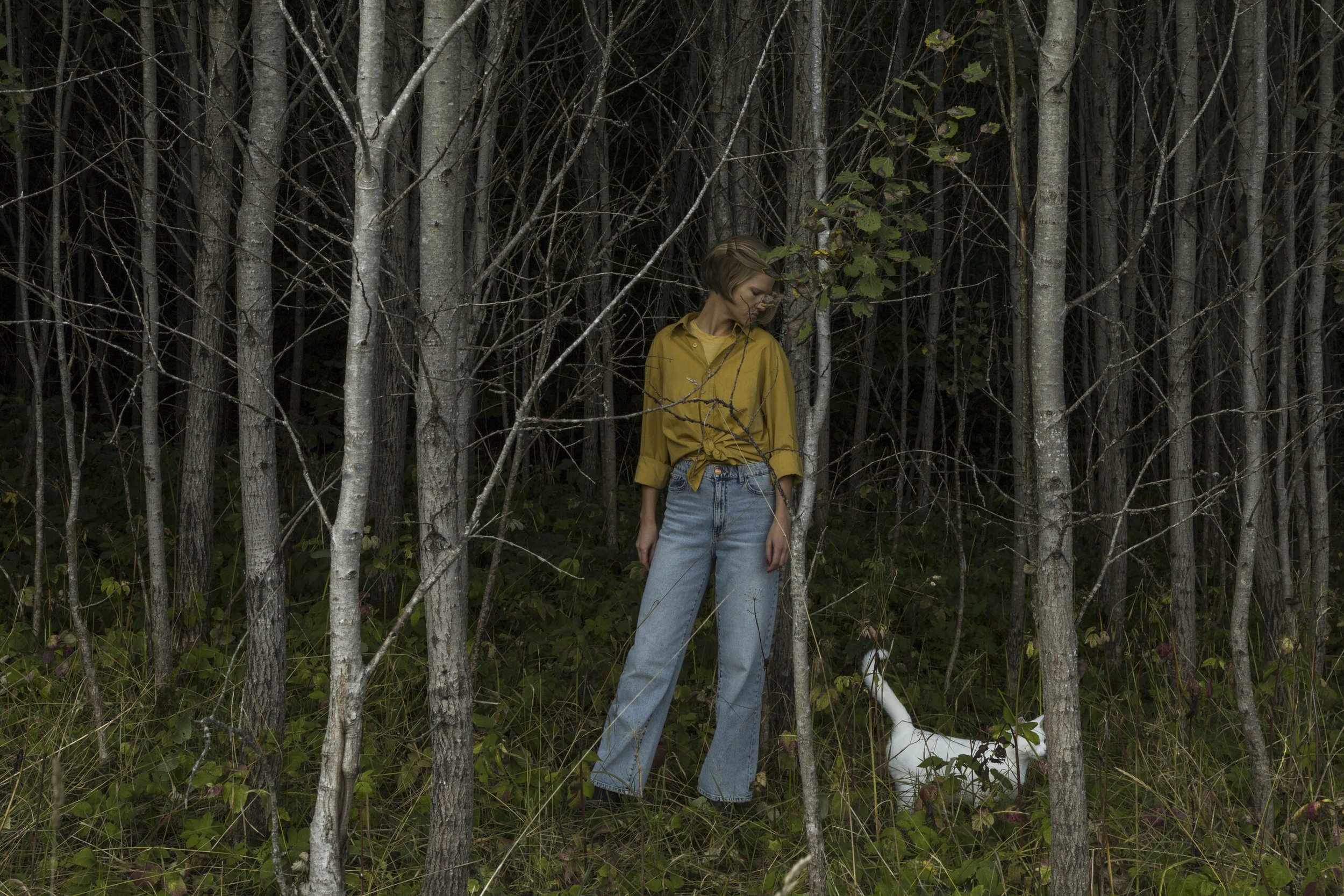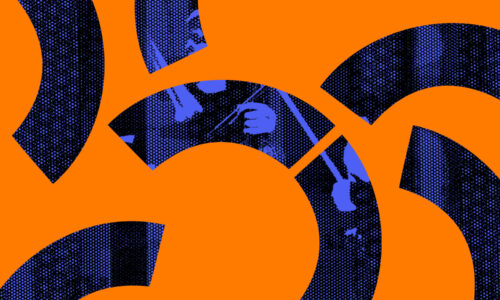12 April 2022

On 10 June 1988, crowds began to gather at the so-called Song Festival Ground in Tallinn – an outdoor auditorium resembling a huge sports stadium that has hosted a gargantuan festival of a cappella singing since 1869.
Unlike that five-yearly event, this one wasn’t scheduled. Thousands of Estonians, beleaguered and dissatisfied after 44 years under Soviet rule, assembled in an act of solidarity that could barely conceal simmering anger. They protested in the best way they knew: by singing together.
Within a week, the term Singing Revolution had been coined to describe the movement that took root. It would lead to sung protests around the region and the extraordinary spectacle of the Baltic Way – an unbroken chain of 2 million human souls, hands held and voices frequently raised in song, stretching nearly 700km through all the Baltic States, from Estonia to Lithuania via Latvia.
On 20 August 1991, three years after the Singing Revolution began, Estonia declared itself independent of the Soviet Union. Latvia followed the next day. Lithuania had claimed legal independence in March 1990, but still faced a grim struggle. The following January, 14 protesters were killed by Soviet troops while defending public buildings in Vilnius. Eyewitness accounts tell of the victims still singing, arms linked, as the bullets rang out.
Music and politics are separate entities, it is often said. But that is not how the history of the Baltic States has been written. These are countries in which communal singing was ingrained to such a degree that it could legitimately lead to a new future.
Images of a nation united by song helped consolidate the rest of the world’s view of Estonia in particular. In the music of the country’s best-known composer Arvo Pärt, we hear largely chordal, homophonic textures (closely linked with choral singing) in which spirituality and suffering apparently mingle.
It is easy to sense the pain in Pärt’s music. But unlike his Latvian contemporary Pēteris Vasks, Pärt has always distanced himself from the notion of music expressing a nation’s collective agony. Pärt’s music is that of faith, love and mathematics, the composer says – nothing more than what he hears in his head.
The music of the Estonian Song Festival was adapted from German Lutheran models. To some degree Estonians made it their own – misting the harmonies and delivering it with a combination of technical assurance and forthright passion (the moving Mu isamaa is worth a listen via YouTube).
Those elements were always going to make their way into concert music. Heino Eller’s Five Pieces for Strings are effectively cut from the same cloth: nostalgic, moving expressions of longing for nation and brotherhood. Eller hailed from Tartu, the epicenter of the singing movement.
Old Estonia / New Estonia
According to Maarja Nuut, (pictured, above) an Estonian singer and violinist whose work straddles just about every genre imaginable, it is a mistake to view the Song Festival tradition as the essence of Estonian musical identity.
‘This is not the case at all,’ says Nuut. ‘There is much good that came from the Song Festival, but it killed off old traditions like runo singing, to which I relate far more.’
Like the distinctive language Estonians speak, the country’s runo singing tradition is closely tied to that of Finland. In this ancient practice, an individual would sing myths and stories from memory in cyclic and emotionally strained incantations that could last for hours.
Many of the most vital ingredients of Estonian runo singing, which has almost entirely disappeared, can be heard in the hypnotically looping and repeating chants that emerge from Nuut’s own violin and voice.
‘When you go to the Song Festival Ground, you sing your heart out,’ says Nuut. That sort of direct emotional expression characterises Nocturne by Rudolf Tobias, the composer responsible for the first piece of orchestral music published in Estonia (Nocturne is an arrangement of the slow movement from the composer’s C minor String Quartet.)
But, Nuut insists, the country’s more deep-rooted musical traditions are more opaque. ‘We [Estonians] don’t often express ourselves in such big and obvious terms, which is why runo singing inspired me. It’s more inward, more layered, more metaphorical.’
Echoing Sibelius in nearby Finland, the Estonian composer Veljo Tormis used the basic ingredients of runo singing and the Estonian folk tradition ‘regilaulud’ to create locally distinctive but internationally relevant music. His best-known creation, Raua needmine (‘Curse Upon Iron’), channels something of the shamanistic, mysterious essence of runo singing.
Tormis was a central figure in the generation that also produced the composer Jaan Rääts, whose Soviet-era music spoke more of the present than the past – and perhaps even a little of the future. His tensile Concerto for Chamber Orchestra from 1961 is a landmark in Estonian music history that appears to foreshadow American minimalism from within the bounds of Soviet Realism – with some terse Nordic directness thrown in.
If Rääts sought to write ‘Estonian music’, it was on anti-Romantic terms. Deep into Estonia’s half-century under Soviet rule, nationhood must have felt like distant a concept for many. Helmut Rosenvald’s 1979 Duo Suite appears to look elsewhere too, clasping its viola and cello together almost in a Pärt-like prayer. However buttoned-up, the music’s emotions could easily have been heard as a partisan statement in Soviet times.

Among Rääts’s pupils at the Tallinn Conservatory was Erkki-Sven Tüür (above), whose own aesthetic draws closer to Nuut’s idea of the ‘Finno-Ugric [Finnish-Estonian] worldview…more inward, darker, connected to the unspoken.’
Like Rosenvald’s Duo Suite, Tüür’s Symbiosis binds two instruments extraordinarily tightly (in this case a violin and double bass), with any emotions experienced as a residue of the musical exercise. Like the presciently post-modernist techniques of the runo singers, much is left to the imagination of the listener.
2022 Estonia
These days, it is not uncommon to see Estonia cited as one of the most progressive, nimble and savvy nations in Europe. The New York Times journalist Christoph Niemann recently depicted the country as the love child of Silicon Valley and Scandinavia (Estonia is known for his large number of start-ups, most famously Skype).
‘The Soviets destroyed the economy,’ says Estonian conductor Paavo Järvi, ‘but what happened in this case, is that people took their chance and started rebuilding quickly.’
Maybe. But Estonians have a refreshing take on what rapid economic growth might entail, appearing keen to hard-wire some sense of soul and society into it. Perhaps that comes naturally to a country in which suppression by a foreign power is a recent memory (and, given events in Ukraine, potentially a future concern).
Music remains as central as ever. In 2017, the Estonian government decreed that every child living in the country would be given a musical instrument of their choice and the means with which to learn to play it. It’s difficult not to see that policy as a legacy of the Singing Revolution.
The instrument policy should preserve or even accelerate the steady stream of excellent musicians emerging from Estonia – most of them women. Nuut, the composer Helena Tulve and the conductor Kristiina Poska are among a new generation of musicians making their way in the world. So are those playing at The Bridge Festival’s Estonia! concert.
Two decades into the twenty-first century, Estonian musical identity is increasingly difficult to pin-down. Even the five yearly Song Festival has started to reinvent itself according to the priorities of a peaceful, prosperous country (again, the trajectory of Russian aggression could change that).
As for the country’s next generation of composers, the principle of immediate environment shaping creativity – of topography, weather and politics informing sound and aesthetics – has been supplanted by the global connectivity of the internet.
For tech-savvy millennial Estonians born long after the fall of the iron curtain, the internet is the environment. ‘I very much relate to the idea of emotions being held under the surface of the music or deep within it,’ says Nuut – citing those features as essential to Estonian music across the board, and linking it to environment and society. ‘It’s a beautiful thing. But I hear far more expression and freedom in the younger generations. The world has changed.’
Andrew Mellor’s book The Northern Silence – Journeys in Nordic Music and Culture is published by Yale University Press in June
